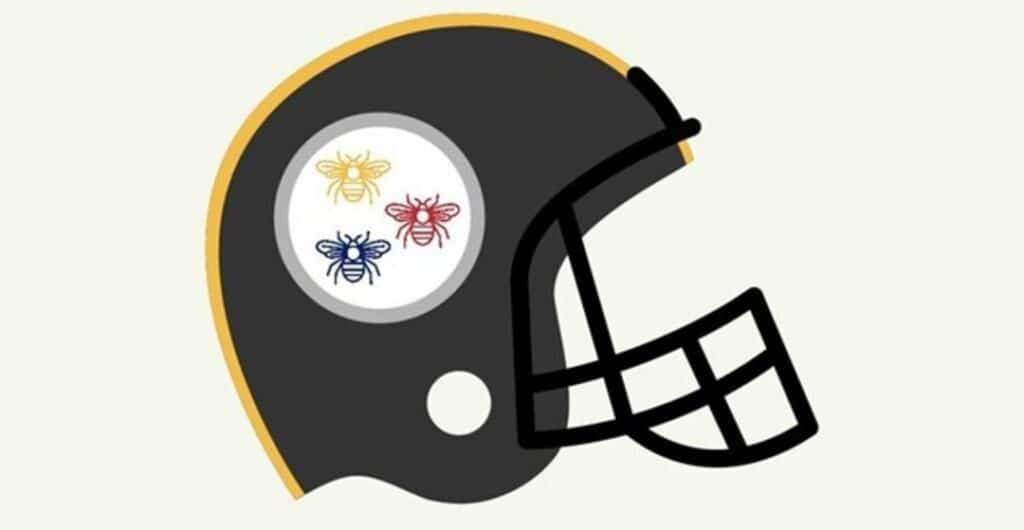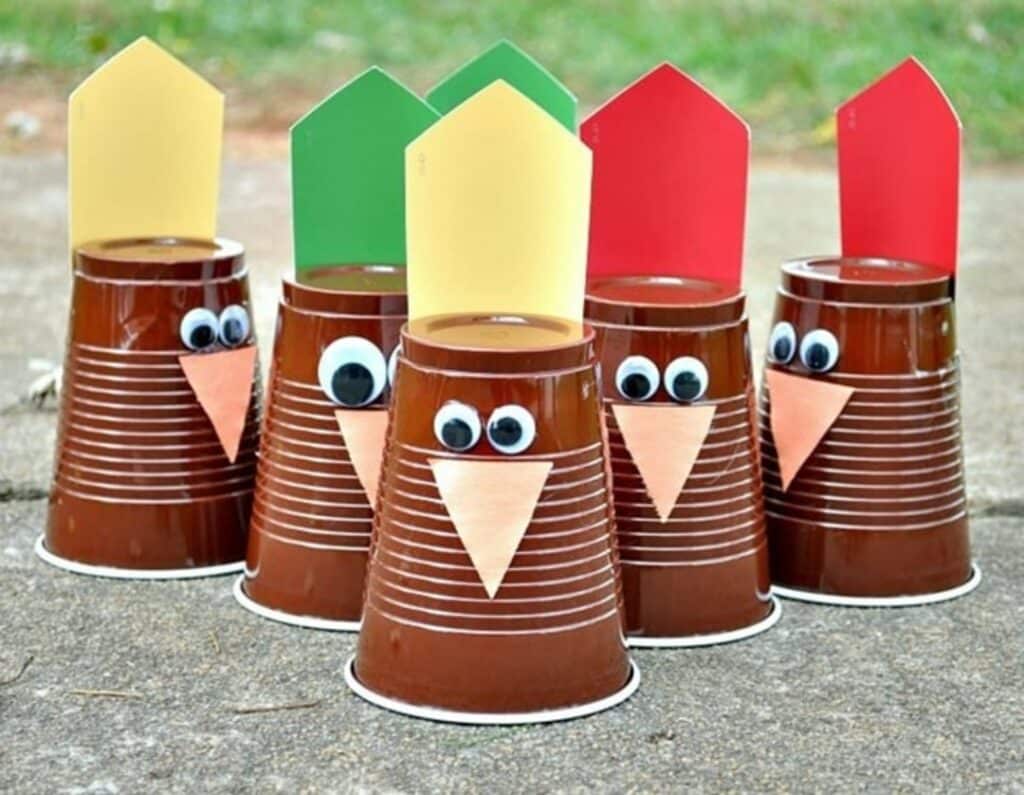The words "venomous" and "poisonous" may seem interchangeable, but the terms actually have different meanings. While both adjectives describe plants and animals that possess a toxic substance dangerous, and potentially lethal, to humans and other animals, venom and poison are delivered differently from each other.
The Difference Between Venom & Poison
When it comes to poison and venom, both are toxic and potentially lethal. However, a poisonous pest can only deliver poison if it is eaten or touched. In other words, poison has to be absorbed by the skin or consumed in order to be effective. Meanwhile, venom is injected via a bite or sting. For instance, a venomous spider or bug will use a stinger, barb, or specialized mouthpart, such as fangs, beaks, pincers, or proboscises, to inject a human or animal with venom.
In addition to delivery, venom and poison are often used in different situations. Because poison isn’t actively inflicted like venom, it is typically used in instances of self-defense. For example, some millipedes secrete poisonous fluids from glands on the sides of their bodies. These defensive fluids can be especially irritating to the skin. This is why you should never pick up a millipede with your bare hands.
While venom is used in instances of self-defense, it is also used when hunting for prey. Because venom is inflicted in order to kill or paralyze, the chemical compounds found in venom is often different than that of poison. Furthermore, venom needs to be administered through a wound in order to take effect. This is why venomous animals bite or sting their victims.
Venomous Bugs
While the term venomous sounds scary, there is no need to live your life in fear of bugs. Venomous pests are just a part of life, and we encounter them more often than not. Below are a few examples of venomous arachnids and insects:
-
Bumblebees
-
Honeybees
Each of these pests use a specialized mouthpart or stinger to deliver venom to prey or threat.
Poisonous Bugs
Much like venomous, the term poisonous can strike fear in many people. However, as long as you take the right precautions and don’t make direct contact with any of these pests, there is no need to worry. These insects only pose a threat if touched or consumed. Below are a few examples of poisonous arachnids and insects:
-
Monarch Butterflies (if eaten)
-
Millipedes (certain species)
-
Fireflies (if eaten)
-
Caterpillars
-
Blister Beetles
Symptoms may vary if an animal or human comes into contact with a poisonous organism. Local pain, itching, and rashes are often common side effects. You should contact a medical professional if you experience a severe reaction. Moreover, if you’re a pet owner, you should contact your veterinarian if your dog or cat comes into contact with one of these pests.
It doesn’t matter if you are dealing with a venomous or poisonous pest as both can take a toll on your peace of mind. Aptive’s pest professionals recognize how important it is to feel comfortable and safe in your own home. If you are experiencing a pest infestation or problem, call your local Aptive Environmental branch today.








